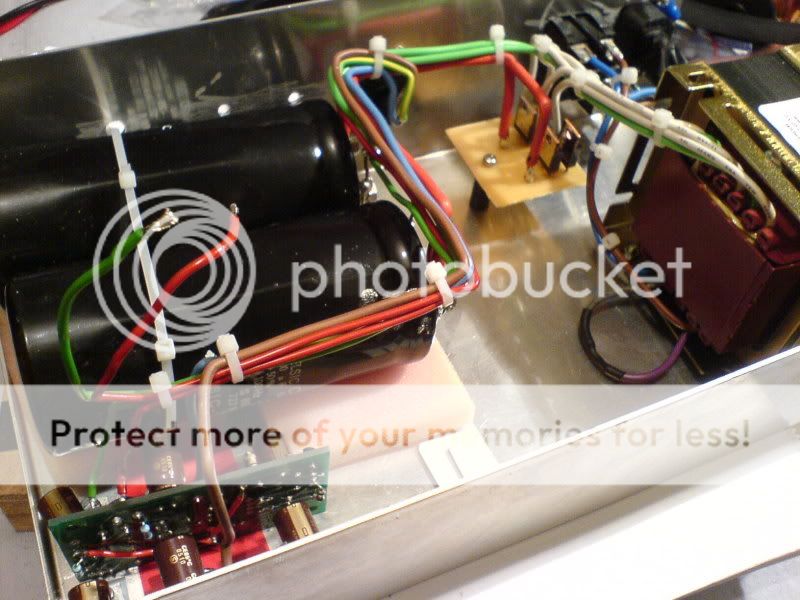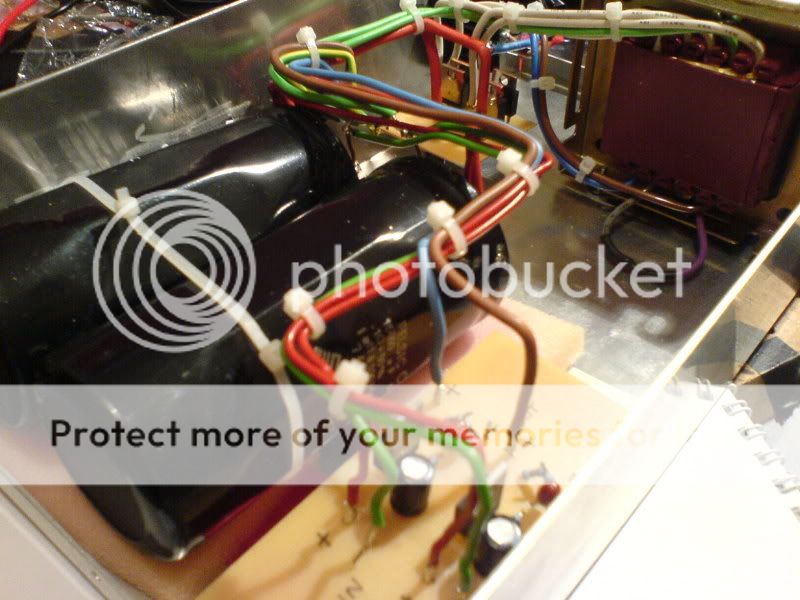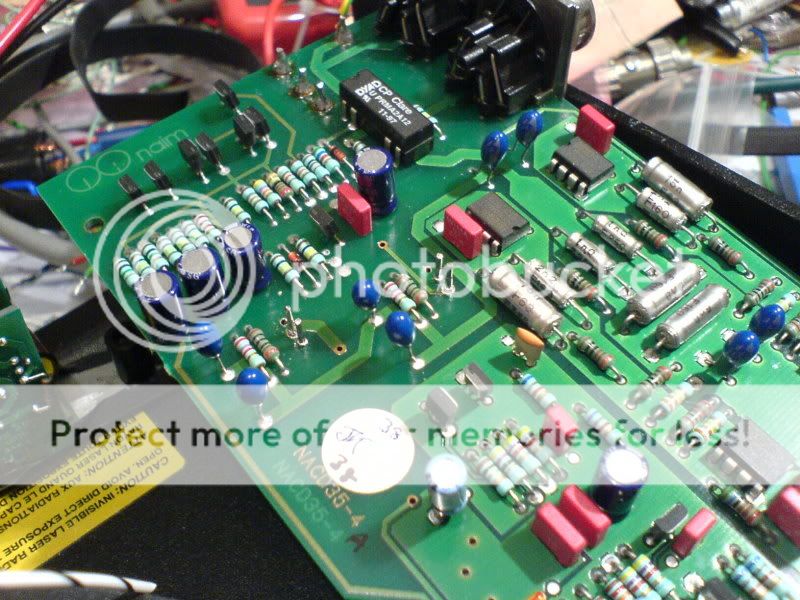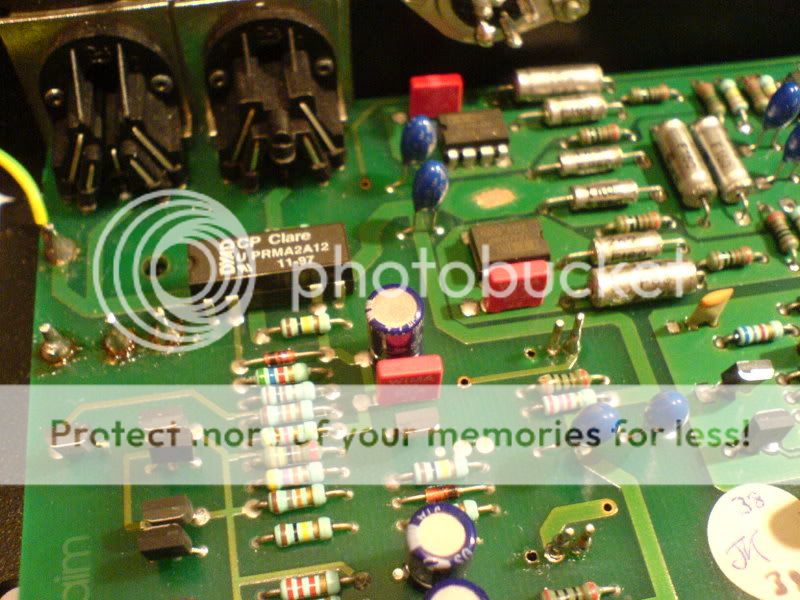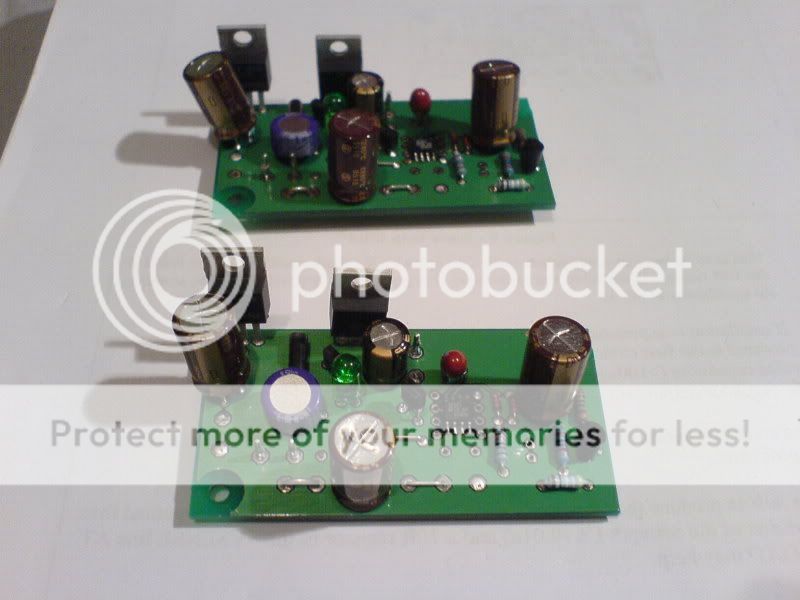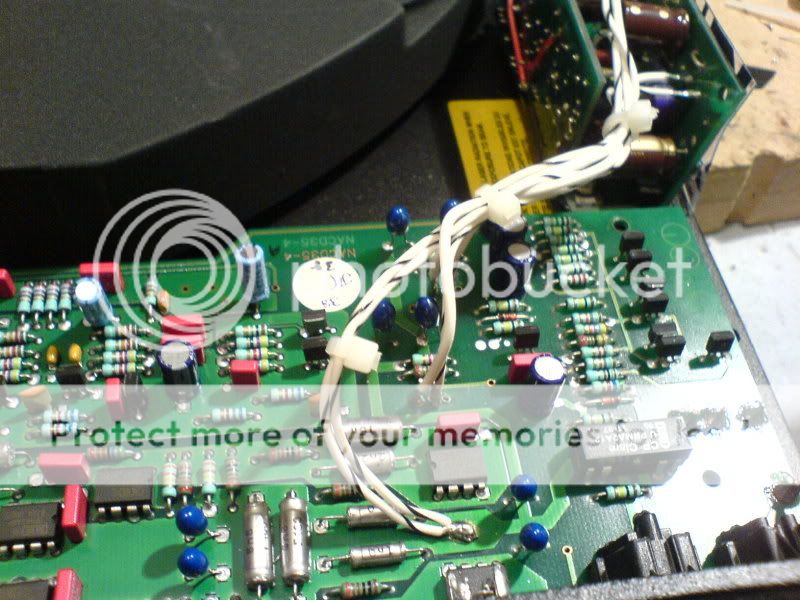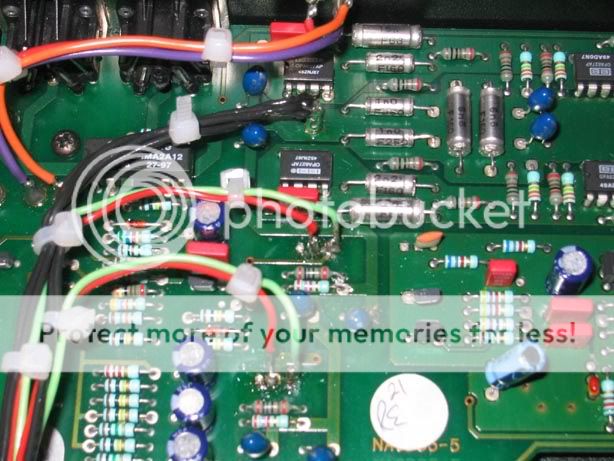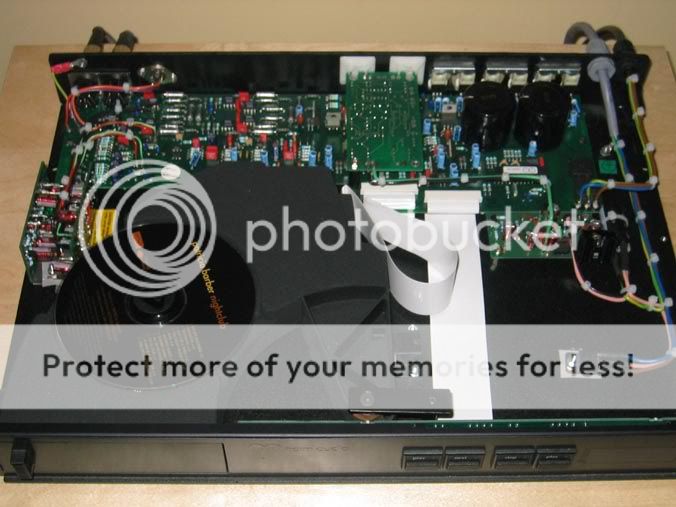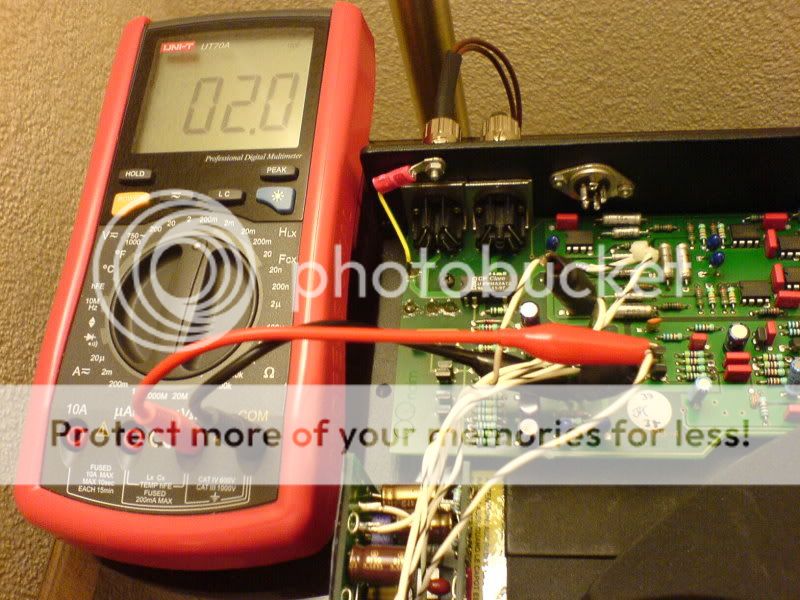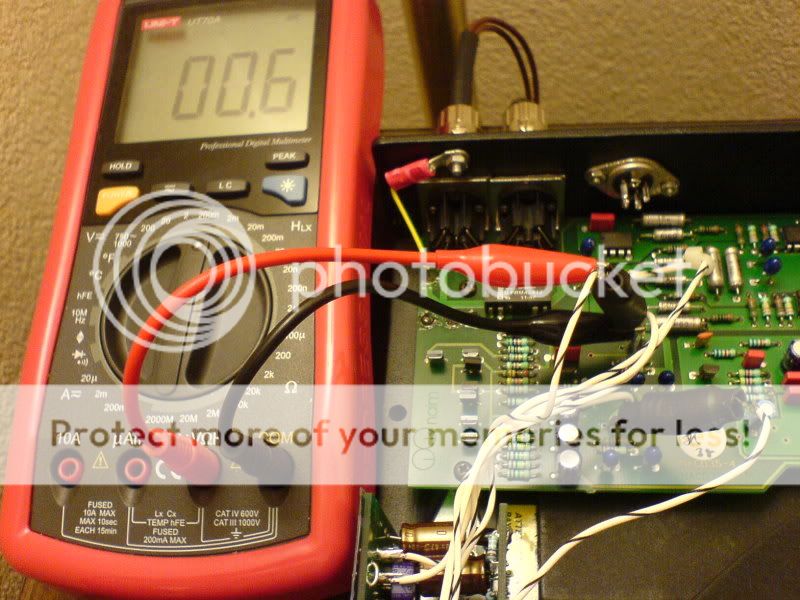tomek
pfm Member
Hi Nick,
Stupid question - have you tested the preregulator in your SR like described by Andy on page 9 in his SR Manual ?
If you have R2=1K and R3=1K, than it is possible that prereg is not working properly. I had this problem and Andy adviced me to change both R2 and R3 values to 499R, than the prereg was working properly.
Some photos of my work, maybe it will help you.
assembled SR
http://photobucket.com/albums/y252/praganj/?action=view¤t=IMG_2309.jpg
Built in SR
http://photobucket.com/albums/y252/praganj/?action=view¤t=IMG_2312.jpg
Ready
http://photobucket.com/albums/y252/praganj/?action=view¤t=IMG_2322.jpg
Earthing detail
http://photobucket.com/albums/y252/praganj/?action=view¤t=IMG_2321.jpg
In my case the SR was improvement. IMHO 3.5 with two SR is better than normal 3.5+hicap.
Cheers, Tomek
Stupid question - have you tested the preregulator in your SR like described by Andy on page 9 in his SR Manual ?
If you have R2=1K and R3=1K, than it is possible that prereg is not working properly. I had this problem and Andy adviced me to change both R2 and R3 values to 499R, than the prereg was working properly.
Some photos of my work, maybe it will help you.
assembled SR
http://photobucket.com/albums/y252/praganj/?action=view¤t=IMG_2309.jpg
Built in SR
http://photobucket.com/albums/y252/praganj/?action=view¤t=IMG_2312.jpg
Ready
http://photobucket.com/albums/y252/praganj/?action=view¤t=IMG_2322.jpg
Earthing detail
http://photobucket.com/albums/y252/praganj/?action=view¤t=IMG_2321.jpg
In my case the SR was improvement. IMHO 3.5 with two SR is better than normal 3.5+hicap.
Cheers, Tomek


